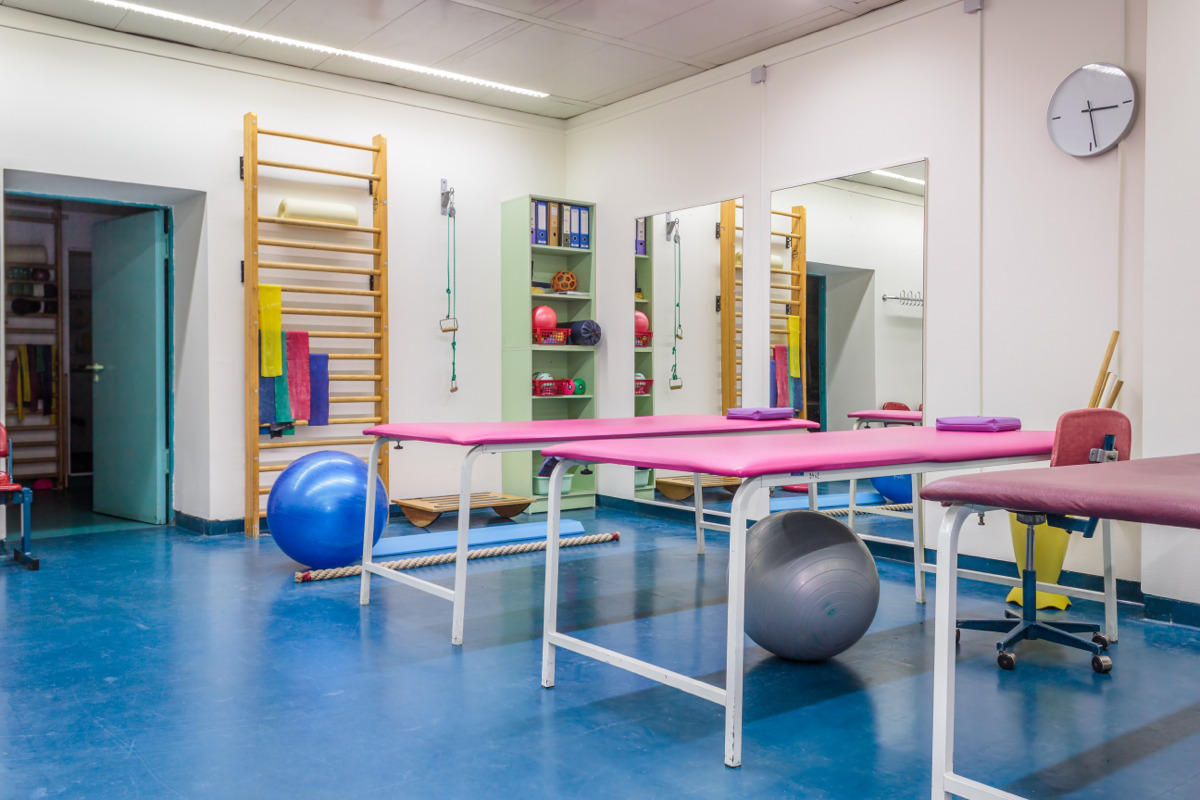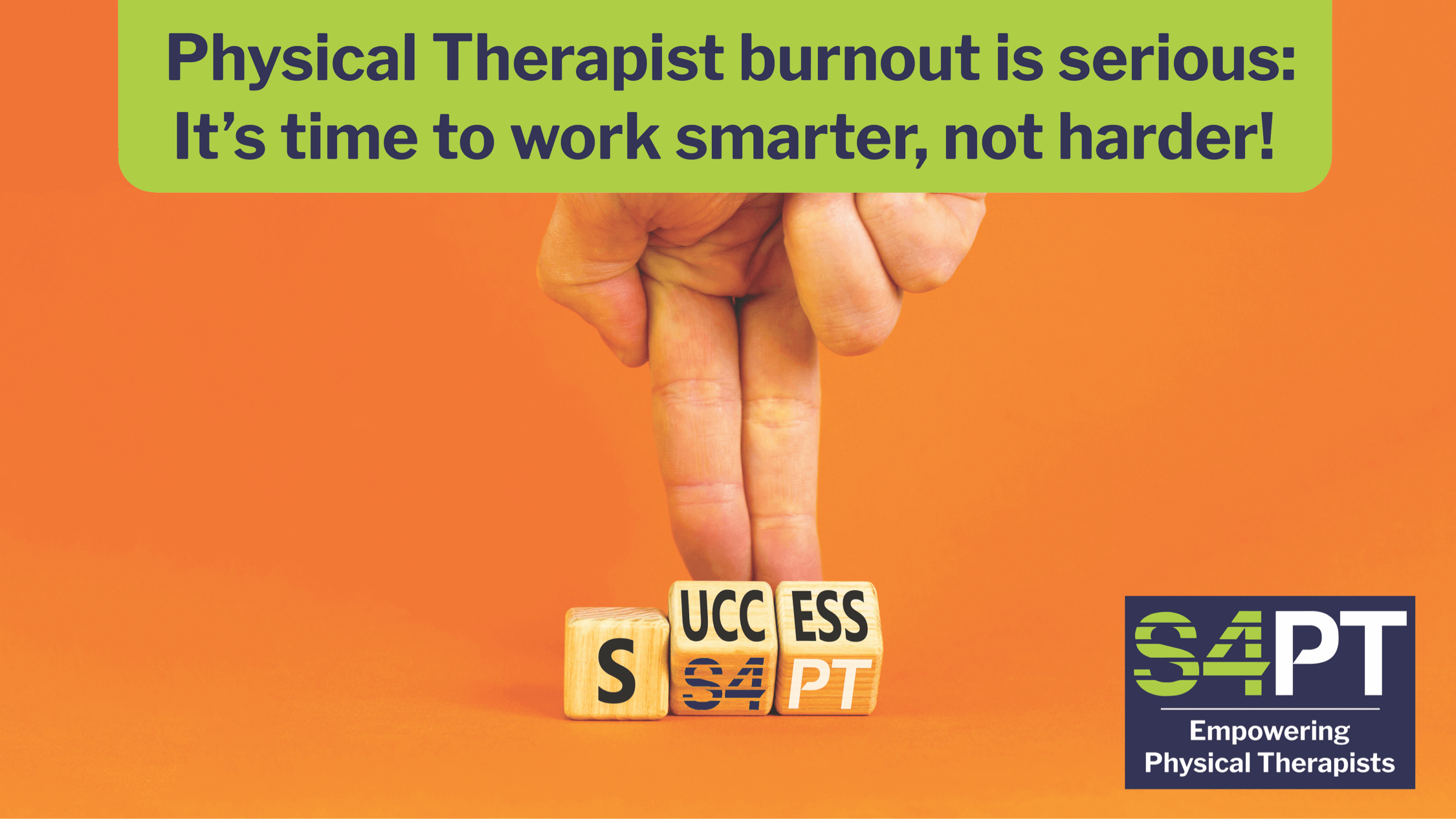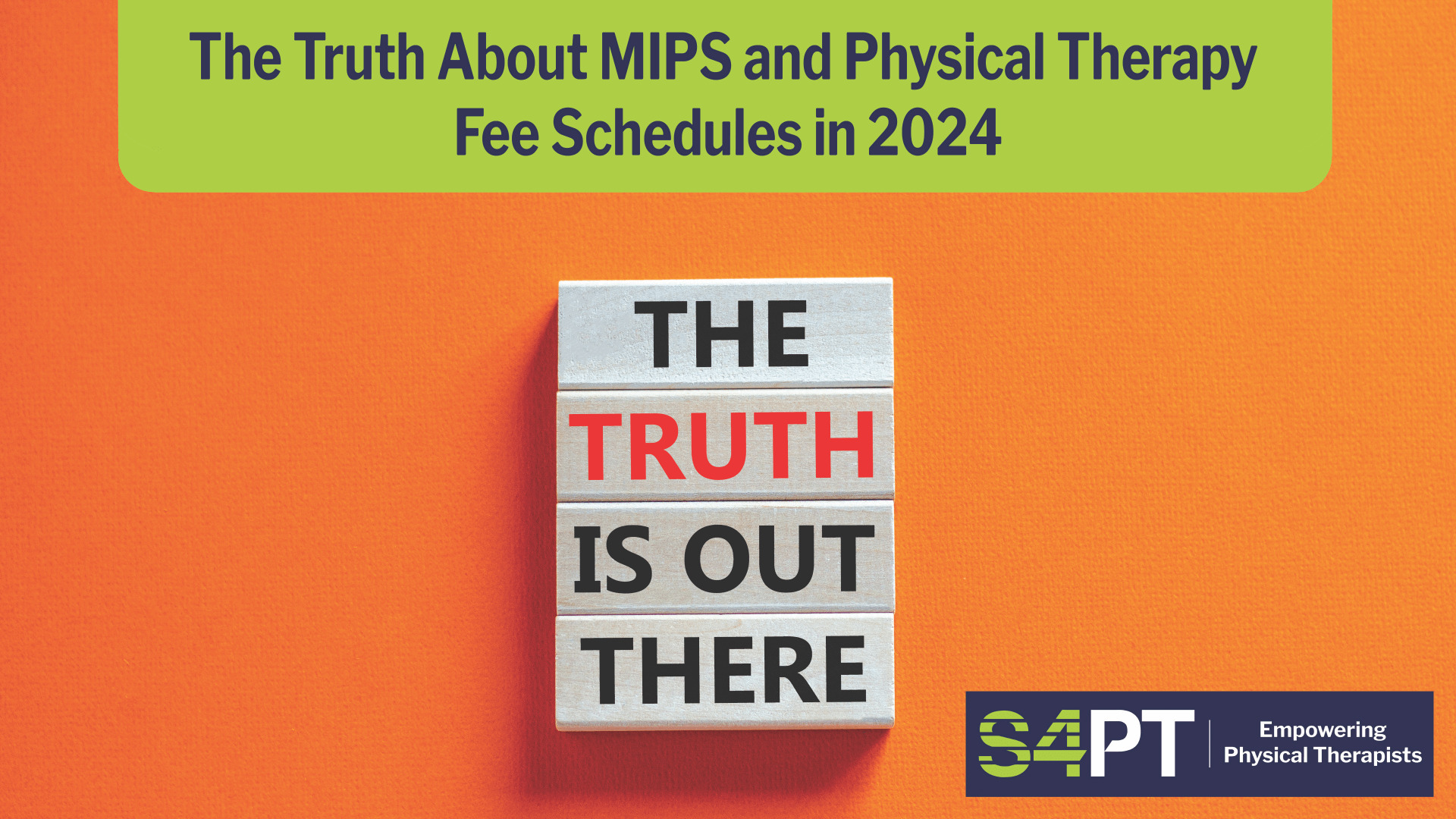
Common Issues You Did Not Know Your Physical Therapist Could Treat!
Most people associate physical therapy with healing from injuries from car accidents or surgeries, such as joint replacement. However, it is important to note that physical therapy has the potential to offer benefits that extend beyond just injury rehabilitation. Physical therapy effectively treats many conditions and ailments, some of which may surprise many people.
Dizziness and Vertigo
Physical therapy can address inner ear problems leading to dizziness and vertigo. As the specific treatment approach varies depending on the underlying cause of the symptoms, physical therapists commonly employ these methods:
- Vestibular Rehabilitation Therapy (VRT): VRT is a specialized form of therapy that focuses on improving the vestibular system’s function, which is responsible for balance and spatial orientation. It typically involves exercises/activities to promote adaptation, habituation, and compensation for vestibular dysfunction.
- Canalith Repositioning Maneuvers: Canalith repositioning maneuvers are techniques used to treat a type of vertigo caused by displaced calcium crystals in the inner ear. These maneuvers involve a series of head and body movements to guide the crystals back to their position within the inner ear.
- Balance Training: Physical therapists utilize various balance exercises to improve balance control and reduce dizziness. For example, standing on different surfaces, performing weight-shifting movements, and challenging your balance in difficult positions.
- Gait Training: If dizziness is affecting a person’s walking ability, a physical therapist will provide gait training. This involves assessing posture, coordination, and balance issues to improve stability and reduce dizziness.
Tension Headaches/Migraines
Tension headaches and migraines are triggered by muscular imbalances, postural issues, and tension in the neck and shoulder muscles. For many, these conditions interrupt daily life and their ability to perform basic tasks. Luckily, physical therapy can treat these headaches/migraines with a combination of several treatments.
- Posture and Ergonomic Assessment: Physical therapists recommend proper alignment, proper posture at workstations, and modifications to daily activities. Patients learn how to properly stand and sit while working, cooking, or cleaning, to reduce strain on the head, neck, and shoulders.
- Manual Therapy: Manual therapy can help reduce muscle tension and relieve headache symptoms. These may include gentle joint mobilizations, soft tissue mobilization, trigger point release, and stretching exercises.
- Exercise and Stretching:Physical therapists prescribe exercises and stretches to enhance posture, strengthen weakened muscles, and promote flexibility. Consequently, these exercises primarily target the neck, shoulders, and upper back, thereby supporting proper alignment and reducing muscle imbalances that contribute to headaches.
- Relaxation Techniques: Deep breathing exercises, progressive muscle relaxation, and guided imagery help promote relaxation to reduce headache frequency and intensity.
- Education and Lifestyle Modifications: Physical therapists discuss lifestyle modifications to help prevent headaches. For example, healthy sleep hygiene, proper hydration, and making some dietary considerations.
- Postural Re-education: Poor posture habits are addressed by teaching correct alignment and strategies to maintain good posture. This, in turn, helps reduce muscle tension and alleviate headache symptoms.
- Modalities: Various modalities, such as heat or cold therapy, electrical stimulation, ultrasound, or low-level laser therapy, are added to treatment sessions.
Pelvic Floor Dysfunction
Another condition treatable with physical therapy is Pelvic Floor Dysfunction. This includes incontinence, pain, pelvic organ prolapse, conditions that are frequently experienced after giving birth and during Postpartum care. Several techniques known to restore pelvic floor health and strengthen pelvic muscles include:
- Pelvic Floor Muscle Training: Physical therapists teach patients how to properly contract and relax the pelvic floor muscles. This involves exercises such as Kegels, where patients learn to strengthen and control the pelvic floor muscles.
- Biofeedback: Physical therapists will use biofeedback techniques to help patients gain awareness and control over their pelvic floor muscles. During a biofeedback session, sensors placed on the pelvic area provide feedback on muscle activity.
- Manual Therapy: Hands-on techniques address muscle tightness, trigger points, scar tissue, and other soft tissue restrictions in the pelvic floor. By incorporating myofascial release, trigger point release, and joint mobilizations, these techniques work to enhance muscle function and alleviate pain or tension.
- Bladder and Bowel Training: Physical therapists educate patients on healthy bladder and bowel habits, including techniques for proper voiding and bowel movements. In addition, patients learn about common dietary triggers and proper fluid intake patterns.
- Relaxation Techniques: Stress and tension can contribute to pelvic floor dysfunction. Techniques such as deep breathing exercises, progressive muscle relaxation, and mindfulness practice bring a relaxed state of mind.
- Education and Behavioral Strategies: Physical therapists provide education on pelvic floor anatomy, function, and strategies for improving pelvic floor health. This includes advice on proper body mechanics, posture, lifting techniques, and lifestyle modifications.
- Postural and Movement Corrections: Your physical therapist will assess any postural or movement patterns that may contribute to pelvic floor dysfunction. They will then guide you in maintaining proper alignment, body mechanics, and movement patterns to reduce strain on the pelvic floor muscles.
TMJ Disorder
Surprisingly, another common issue that physical therapy can address is Temporomandibular joint (TMJ) disorder, a condition causing pain, clicking, and popping in the jaw. This condition is improved through manual therapy techniques, exercises, and education. Explore these common treatments for TMJ disorder.
- Manual Therapy: Physical therapists use hands-on techniques to address muscle tension, joint restrictions, and tissue imbalances in the jaw, neck, and surrounding areas. For instance, gentle mobilizations, soft tissue massage, myofascial release, and trigger point therapy to reduce pain and improve jaw mobility.
- Jaw Exercises: Physical therapists prescribe specific exercises to strengthen and stretch jaw, face, and neck muscles, such as opening and closing exercises, tongue and lip exercises, and stretching of the jaw muscles.
- Posture and Body Mechanics: First, physical therapists assess posture and body mechanics for poor alignment and movement patterns that contribute to TMJ. Next, they guide proper posture, head, and neck alignment, and ergonomic modifications to reduce strain on the jaw joint and muscles.
- Relaxation Techniques: Stress and tension can trigger TMJ symptoms. Physical therapists may teach relaxation techniques like deep breathing, progressive muscle relaxation, and biofeedback. These treatments help patients manage stress and reduce muscle tension in the jaw and surrounding areas.
- Education and Self-Management Strategies: Physical therapists provide education on TMJ anatomy and function, as well as strategies for self-management. This may include advice on dietary modifications (avoiding hard or chewy foods), lifestyle modifications ( reducing clenching or grinding), and jaw and facial muscle relaxation techniques.
- Modalities: Physical therapists may use heat or cold therapy, ultrasound, electrical stimulation, or low-level laser therapy to reduce pain, relax muscles, and promote healing.
- Collaborative Care: Physical therapists will work closely with other healthcare professionals, such as dentists, oral surgeons, and orthodontists, to provide comprehensive care for TMJ disorders. As a result, this collaboration ensures a holistic approach and optimal outcomes for the patient.
Chronic Fatigue Syndrome
Chronic fatigue syndrome (CFS) is characterized by fatigue, exercise intolerance, and deconditioning. Physical therapists can play a supportive role in managing some of the symptoms and improving overall physical function with these treatments:
- Activity management: Individuals with CFS learn to balance rest and exercise to avoid exacerbating symptoms. Gradual increases in physical activity can be prescribed, tailored to the individual’s abilities and tolerance levels.
- Exercise therapy: Low-intensity aerobic exercise, such as walking or cycling, benefits some individuals with CFS. Physical therapists can design individualized exercise programs incorporating gentle movements and gradually increasing intensity and duration.
- Posture and body mechanics: CFS can cause musculoskeletal pain and discomfort due to prolonged periods of inactivity and de-conditioning. Education on proper posture, body mechanics, and ergonomics can reduce strain on the body during daily activities.
- Manual therapy: Manual techniques such as gentle mobilizations, soft tissue massage, and myofascial release can alleviate discomfort and improve overall physical well-being.
- Energy conservation techniques: Pacing activities, prioritizing tasks, incorporating rest breaks, and optimizing daily routines are techniques that minimize symptom exacerbation.
- Education and self-management: Physical therapists educate individuals with CFS about their condition, its management, and coping strategies. Likewise, the may guide stress management, sleep hygiene, nutrition, and relaxation techniques.
Lymphedema
Lymphedema is when lymphatic fluid accumulates in the tissues, often affecting the arms and legs. Some common approaches physical therapists are using in the treatment of lymphedema today include:
- Manual lymphatic drainage (MLD): MLD is a specialized massage technique that involves gentle, rhythmic movements to stimulate the lymphatic system. Thus, promoting the drainage of excess fluid. Physical therapists trained in lymphedema management use specific hand movements and sequences to redirect lymph fluid to unaffected regions and facilitate its removal from the affected area.
- Compression therapy: Compression garments, such as bandages, sleeves, or stockings, apply external pressure and help reduce swelling. Physical therapists will guide the proper selection, fitting, and use of compression garments to optimize their effectiveness.
- Exercise and movement: Physical therapists design individualized exercise programs to promote movement and enhance lymphatic circulation. These programs often include aerobic exercises, strength training, and flexibility exercises. Additionally, exercise can also help improve muscle strength, joint range of motion, and overall functional capacity.
- Skincare: Educating on proper skin care techniques can reduce the risk of skin infections and complications. Gentle cleansing, moisturizing, and protection against cuts, scratches, and insect bites are all important to patients with lymphodema .
- Self-management techniques: Patients will learn self-massage, self-bandaging, and exercises that promote lymphatic flow, and prevent or manage flare-ups. Furthermore, education on lifestyle modifications, such as maintaining a healthy weight and avoiding prolonged sitting or standing, may be provided.
- Education and psychosocial support: Physical therapists also address emotional and psychosocial concerns associated with lymphedema. Simultaneously, they may collaborate with other healthcare professionals to provide comprehensive care.
POTS Syndrome
Individuals with Postural Orthostatic Tachycardia Syndrome (POTS) often find symptom relief with the following techniques used in physical therapy treatement:
- Exercise therapy: Physical therapists design individualized exercise programs tailored to the specific needs and abilities of individuals with POTS. Namely, cardiovascular conditioning exercises, such as stationary cycling or treadmill walking, to improve overall cardiovascular fitness and tolerance to upright positions.
- Graded exercise therapy: Physical therapists employ a graded approach to exercise, gradually increasing the duration and intensity of physical activity while monitoring the individual’s heart rate and symptoms. Importantly, this helps to improve the body’s tolerance to physical exertion and gradually desensitizes the autonomic nervous system, which is dysregulated in POTS.
- Postural retraining: Proper postural alignment and movement strategies can minimize symptoms and improve postural control. For example, postural exercises, balance training, and specific positioning maneuvers can enhance postural stability and reduce symptoms.
- Breathing and relaxation techniques: Deep breathing exercises can help individuals with POTS manage symptoms. Diaphragmatic breathing or progressive muscle relaxation manages symptoms like anxiety, rapid heart rate, and shortness of breath
- Education and lifestyle modifications: Physical therapists are crucial in helping individuals learn about POTS and providing guidance on lifestyle modifications. Specifically, fluid and salt intake recommendations, dietary modifications, avoiding triggers (such as heat or excessive standing), and maintaining regular sleep patterns.
- Orthostatic training: Orthostatic training involves gradually increasing the time spent in an upright position; this helps to improve orthostatic tolerance and reduce symptoms associated with standing.
Fibromyalgia
Fibromyalgia symptoms include pain, fatigue, sleep issues, and cognitive difficulties. Therapeutic exercises include for Fibromyalgia may include the following:
- Exercise therapy: Physical therapists design personalized exercise programs that improve cardiovascular fitness, muscle strength, and flexibility. In particular, low-impact aerobic exercises such as walking, swimming, or cycling can help reduce pain, increase energy levels, and improve overall function.
- Manual therapy: Physical therapists use several methods to alleviate pain, reduce muscle tension, and improve range of motion. Gentle joint mobilizations, soft tissue massage, and myofascial release target areas of pain or tightness and provide temporary relief.
- Pain management techniques: Physical therapy offers various pain management techniques to help cope with fibromyalgia symptoms. Some examples include relaxation techniques, deep breathing exercises, biofeedback, or mindfulness-based approaches.
- Education and self-management strategies: Physical therapists provide education about Fibromyalgia, including information about the condition, its symptoms, and self-management strategies. Also, patients and their PTs can discuss the importance of pacing activities, energy conservation techniques, sleep hygiene, and stress management.
- Posture and body mechanics: Fibromyalgia can cause postural imbalances and increased muscle tension. Physical therapists assess an individual’s posture and movement patterns and recommend proper body mechanics and ergonomics.
- Modalities: Heat or cold therapy, electrical stimulation, or ultrasound may help manage pain and reduce muscle tension. Typically, these therapies are adjunct to other treatment approaches and can provide temporary relief.
How to receive the benefits and healing of Physical Therapy
Now that you have learned about common issues that physical therapy can treat, it is time to find out if your local PT can help you with your condition! Contact your primary care physician about incorporating physical therapy into your health treatment plan today – or contact your community PT clinic and ask them about Direct Access to a Physical Therapy care evaluation!
Click the button below to check out the American Physical Therapy Association’s Find A PT tool.
More Articles by Systems4PT
Physical Therapist Burnout – It’s time to work smarter, not harder!
Physical Therapist Burnout is Serious. It's...
The Truth About MIPS and Physical Therapy Fee Schedules in 2024
The Truth About MIPS and Physical...
Securing Your Practice’s Future: The Perfect Billing Partner
Securing Your Practice's Future: Why S4PT...




